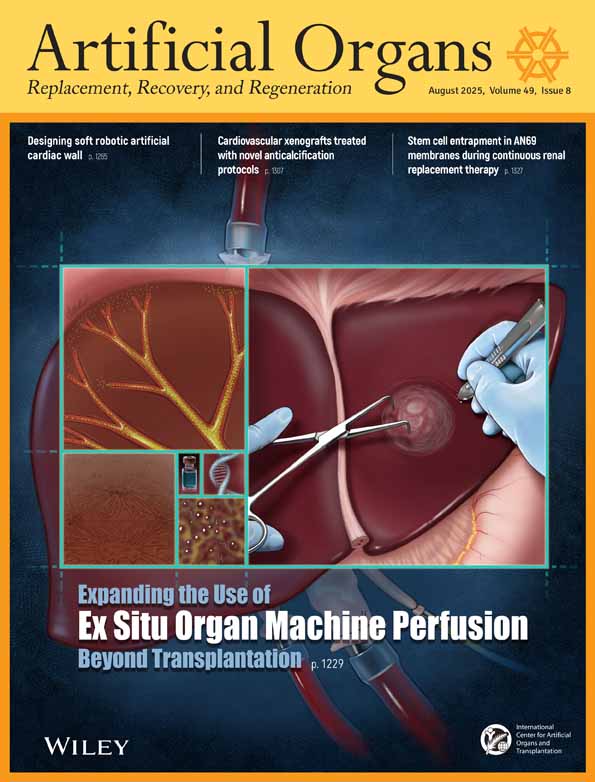The Compliance Problem: A Major Obstacle in the Development of Implantable Blood Pumps
Abstract
Abstract: The compliance problem represents a major obstacle in the development of implantable blood pumps. The motor-driven pumps are enclosed in an airtight casing with gas in the motor space. The trapped gas in the motor space either increases the load on the motor during systole or impedes blood sac filling. Potential solutions to the compliance problem include the use of a conventional blood pump with a compliance chamber, a blood pump with an isolated blood sac and accumulator, or a volume-compensated blood pump. Most experimental studies designed to investigate this problem have been performed with compliance chambers. An ideal compliance chamber should accept 100 ml gas with less than a 15-mm Hg increase in pressure and should automatically compensate for changes in atmospheric pressure. To date, two designs have been shown to be effective in laboratory and animal studies: a collapsible rectangular sac design developed by our group, and a lenticular chamber developed by Nose and associates. Compliance chambers of the former design have now been employed to provide the required compliance for motor-driven assist pumps in long-term calf studies.




